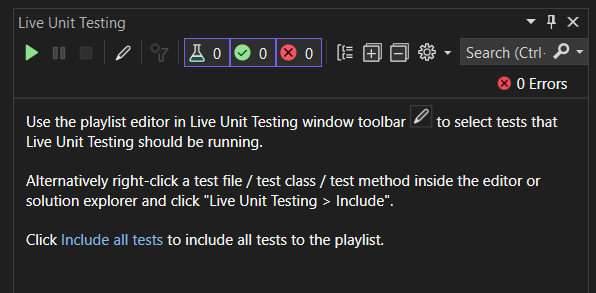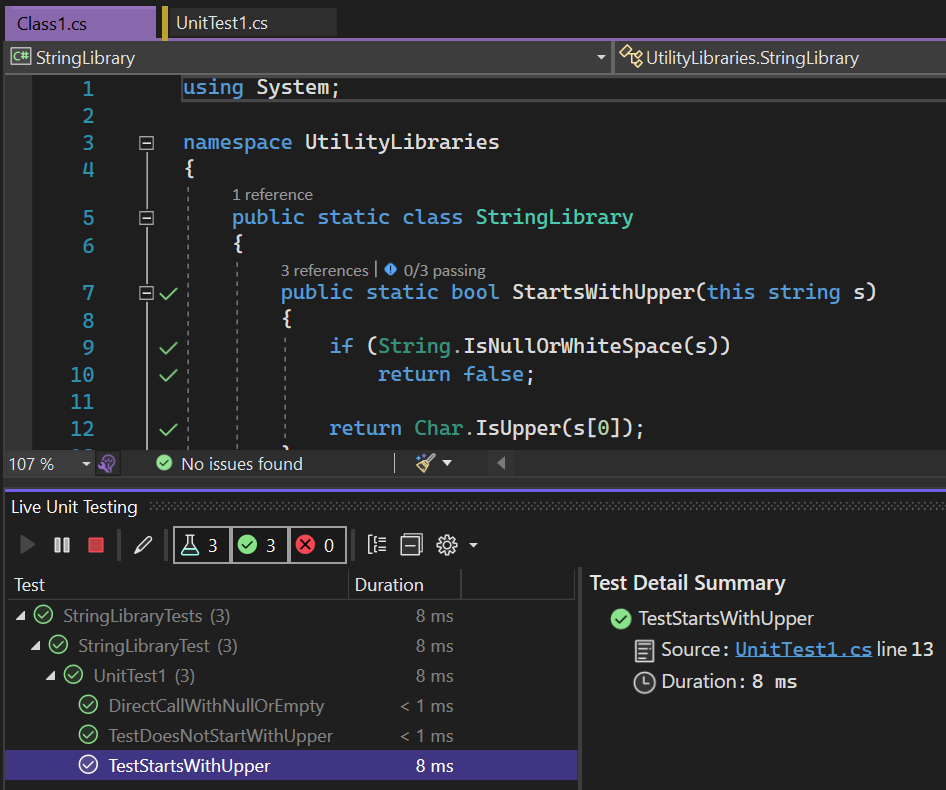Benefits and Implementation Strategies for Development Teams
Implementing live unit testing in development workflows offers numerous advantages that extend beyond traditional testing methodologies. The immediate feedback loop created by real-time test execution significantly reduces the cognitive load on developers, allowing them to maintain focus on problem-solving rather than context switching between coding and testing phases.
Organizations adopting live unit testing report substantial improvements in code quality metrics, including reduced bug density, faster feature delivery, and enhanced developer productivity. The continuous validation process helps establish a culture of quality-first development, where testing becomes an integral part of the coding process rather than a separate phase.
Successful implementation requires careful consideration of existing development infrastructure, team workflows, and performance requirements. Teams should gradually introduce live unit testing capabilities, starting with critical code modules and expanding coverage as developers become comfortable with the new workflow patterns.



